Planting Site Basics
Planting Site: La Ronge, Saskatchewan
Country: Canada
Forest Type: Boreal
Site Status: Archived
Planting Partner: Saskatchewan Provincial Parks
Where Are We Planting?
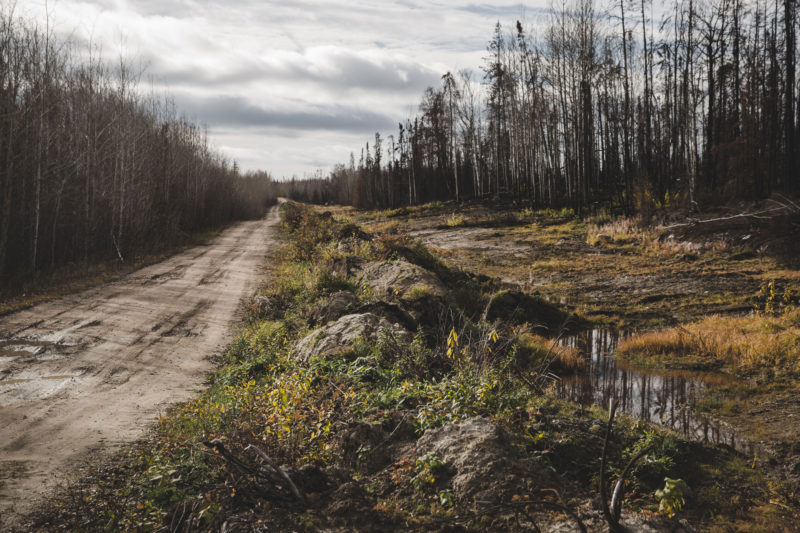
La Ronge is one of the Northernmost cities in the province of Saskatchewan and one of the areas that was impacted most by a devastating wildfire that occurred in the summer of 2015. Lac La Ronge Provincial Park lies just outside of town and is home to old-growth boreal forests and nearly 100 lakes. Reforestation efforts for this project were focused specifically on the Nemeiben Lake and Wadin Bay campgrounds in the park.
What Trees Are We Planting?
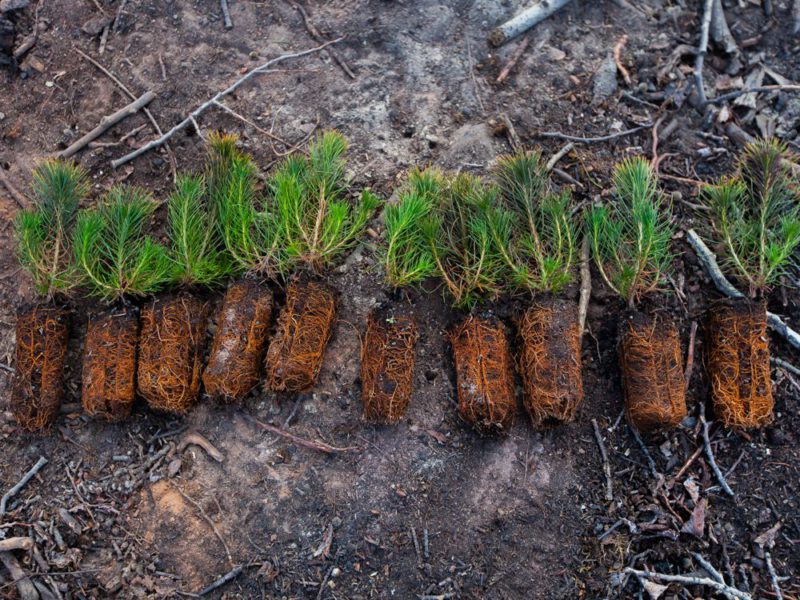
Local nursies helped support planting efforts for this project by supplying native sapling species. Jack pine (Pinus banksiana) and black spruce (Picea mariana) are two boreal conifers that were well suited to thrive in the site’s relatively dry and nutrient-poor conditions. These trees were crucial to reintroduce as various wildlife relies on them for food and protection.
While jack pine and black spruces trees do not often survive fires, they have developed adaptations to help cope and regenerate their populations after a blaze. One such adaptation is their serotinous cones that are sealed shut with resin and only release their seeds when exposed to the heat of a fire. With natural regeneration, following a fire, these trees will take about five years to develop enough roots to stay alive without irrigation. So to help expedite the recovery timeline of the forest, we planted seedlings that were already two-three years old.

Because of the shallow till soils over bedrock, the site was fairly fragile and required diligent care to prevent soil erosion or compaction. With this in mind, a small number of trembling aspen, white birch, and green alder were also planted to create diversity at the sites. These deciduous trees help add more nutrients to the soil with their leaf litter and prevent erosion.
Why Plant Boreal Forests In La Ronge?
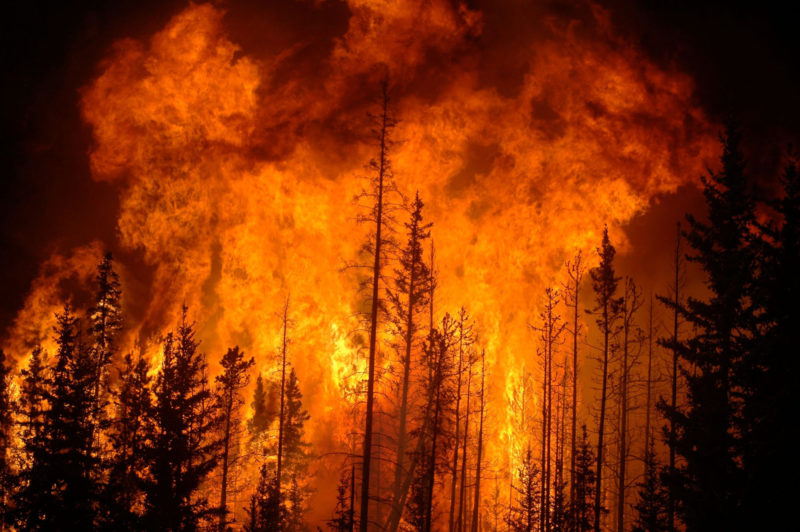
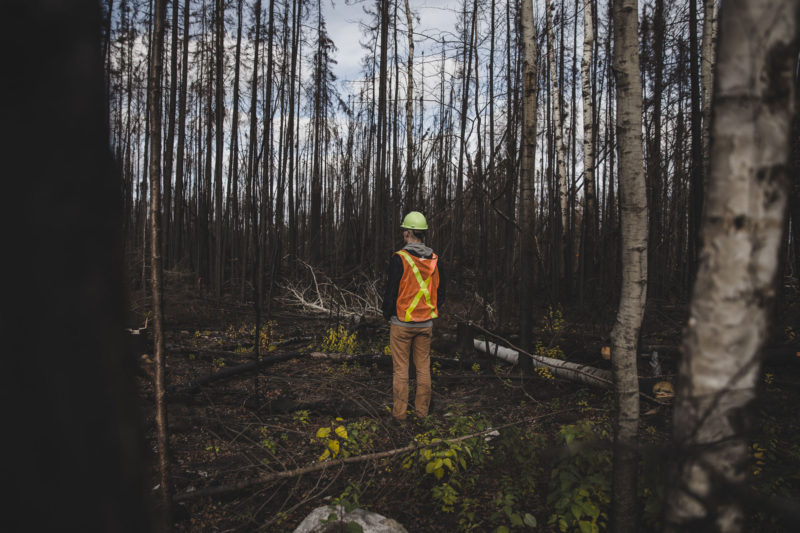
The boreal forests of Saskatchewan support 13% of Canada’s threatened boreal woodland caribou population, serves as the breeding ground for more than 175 bird species, and hosts populations of wolves, bears, and other wildlife.
In June 2015, a devastating wildfire ravaged the town of La Ronge, Saskatchewan, and forced 13,000 people to evacuate their homes: the largest evacuation in Saskatchewan’s history. The fire also caused large-scale damage in the nearby Lac La Ronge Provincial Park. Both the Nemeiben Lake and Wadin Bay campgrounds lost over 75% of their forest cover.
In the provincial park, trees within 25m of park infrastructure (campsites, roads, trails, buildings, etc.) had to be removed for safety and aesthetic reasons. There was a need for planting in these areas as the removal of dead trees and debris disturbed the soil, making it difficult for these areas to regenerate naturally. In areas further than 25m from infrastructure, burn sites were not cleared and left to regenerate naturally. To protect the soil and ecosystem integrity, removal operations at the campgrounds took place in the winter of 2015 and 2016 when the ground was frozen, and there were fewer visitors at the park.
Restoring the campgrounds and the surrounding forests was critical as the parks provide an important space to educate people on the local ecosystems, the importance of Canada’s boreal forests. Engaging visitors in the parks helps people see firsthand what makes these ecosystems so unique and why we need to prioritize protecting them. The restoration project also provided the opportunity to educate the local community on fire prevention and best practices when it comes to responsible camping.
Who’s Planting With Us?
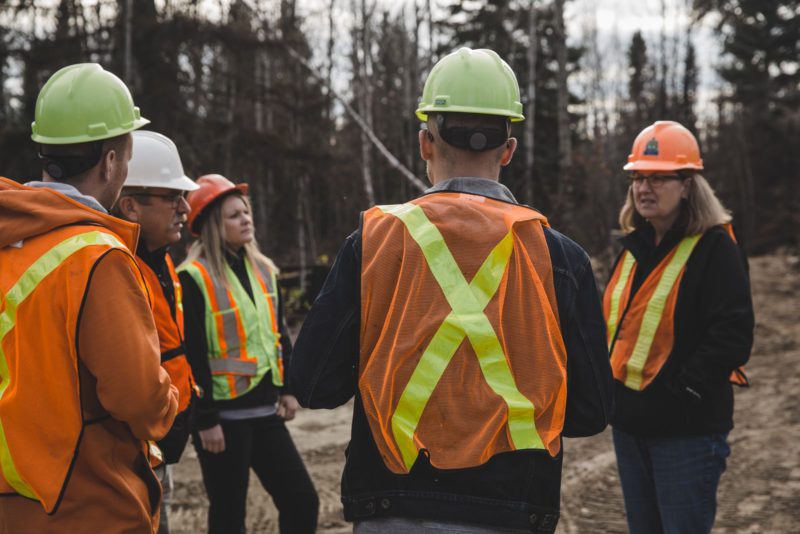
As a company that started in Saskatchewan, this planting project was special to us because we had the opportunity to give back to our home. This project was a cooperative effort between tentree, several government branches, and the local community in La Ronge. Among those involved were the Landscape Protection Unit, Facilities Branch, LLPP Parks Operations of Parks Division, Ministry of Parks, Culture and Sport, the Ministry of Environment Compliance Services Branch, and Forest Services Branch. Tourism Saskatchewan and SaskParks headed marketing efforts and the management and upkeep of all Saskatchewan Provincial Parks.
What’s The Impact?
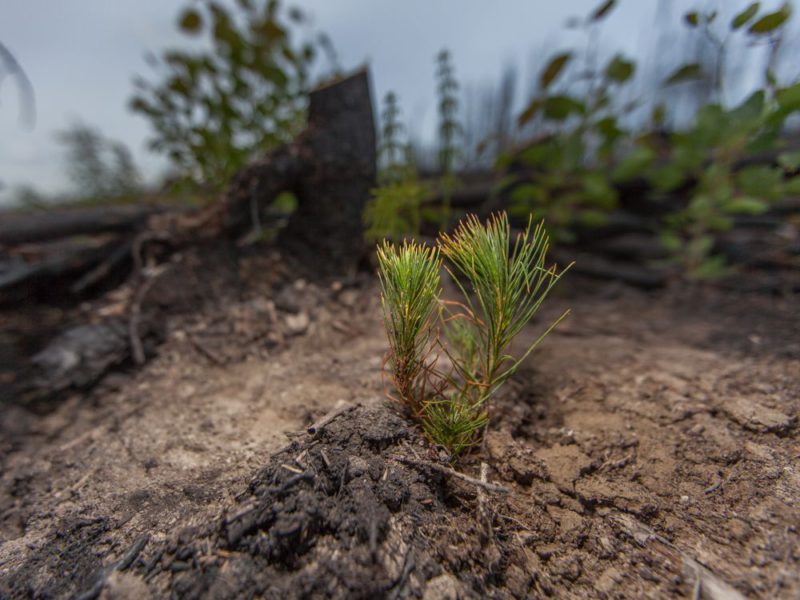
Environmental:
- Providing stability to the land and reverse erosion.
- Protecting the biodiversity of boreal flora and fauna species.
- Restoring wildlife habitats and forest cover.
- Fighting climate change — trees act as a carbon sink.
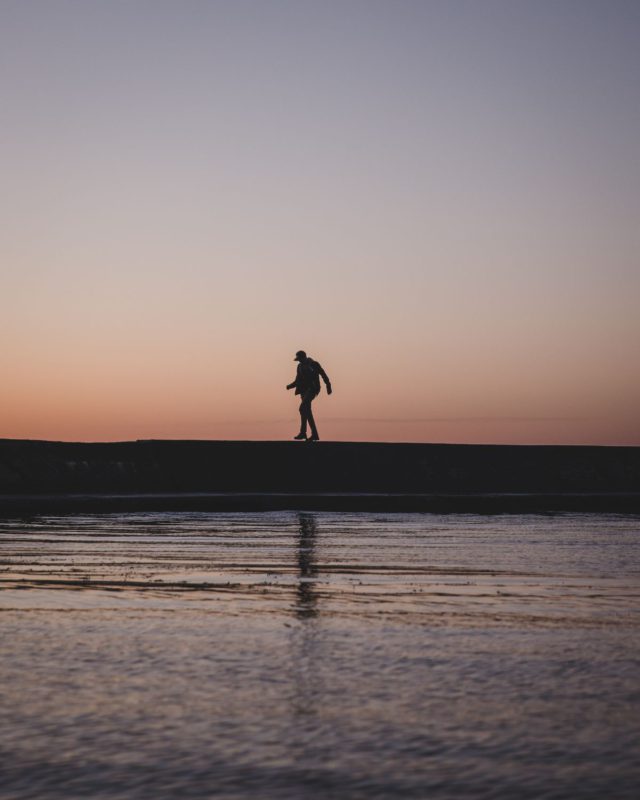
Social:
- Protecting and regenerating parkland for the community to enjoy.
- Educating visitors on the forests and importance of protecting healthy global forests.
- Creating partnerships between government corporations and local communities for forest restoration
Related UN Sustainable Development Goals (SDGs)
The UN’s Sustainable Development Goals (SDGs) are a collection of 17 interlinked global goals that are a “blueprint to achieve a better and more sustainable future for all.”
Here are the SDGs that we’re addressing in our Cape Breton site:
#11 Sustainable Cities and Communities: Make cities and human settlements inclusive, safe, resilient, and sustainable.
#13 Climate Action: Take urgent action to combat climate change and its impacts by regulating emissions and promoting developments in renewable energy.
#15 Life On Land: Protect, restore and promote sustainable use of terrestrial ecosystems, sustainably manage forests, combat desertification, and halt and reverse land degradation and halt biodiversity loss.
#17 Partnerships For The Goals: Revitalize the global partnership for sustainable development.
Want to see where your trees are planted? Register your trees now.

